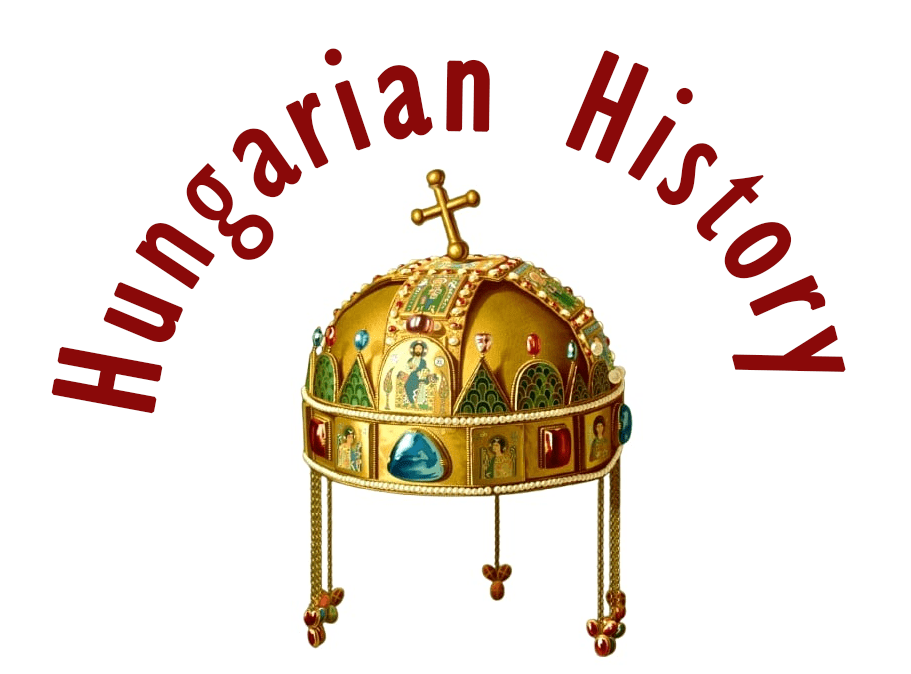Welcome to the Centuries of the Hungarian-Ottoman Wars!
Welcome to the Centuries of the Hungarian-Ottoman Wars! In this Blog I wish to share with you an exciting, though not well known or understood, a period of time. It…
Welcome to the Centuries of the Hungarian-Ottoman Wars! In this Blog I wish to share with you an exciting, though not well known or understood, a period of time. It…

Become a Patron!Send me a one-time donation via PayPal or "Buy me a Coffee":
Thank you very much, köszönöm szépen.